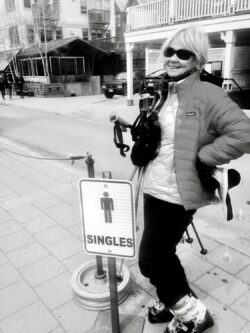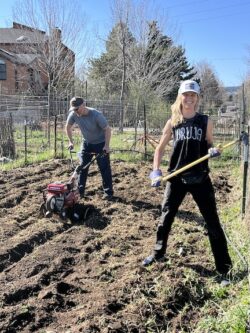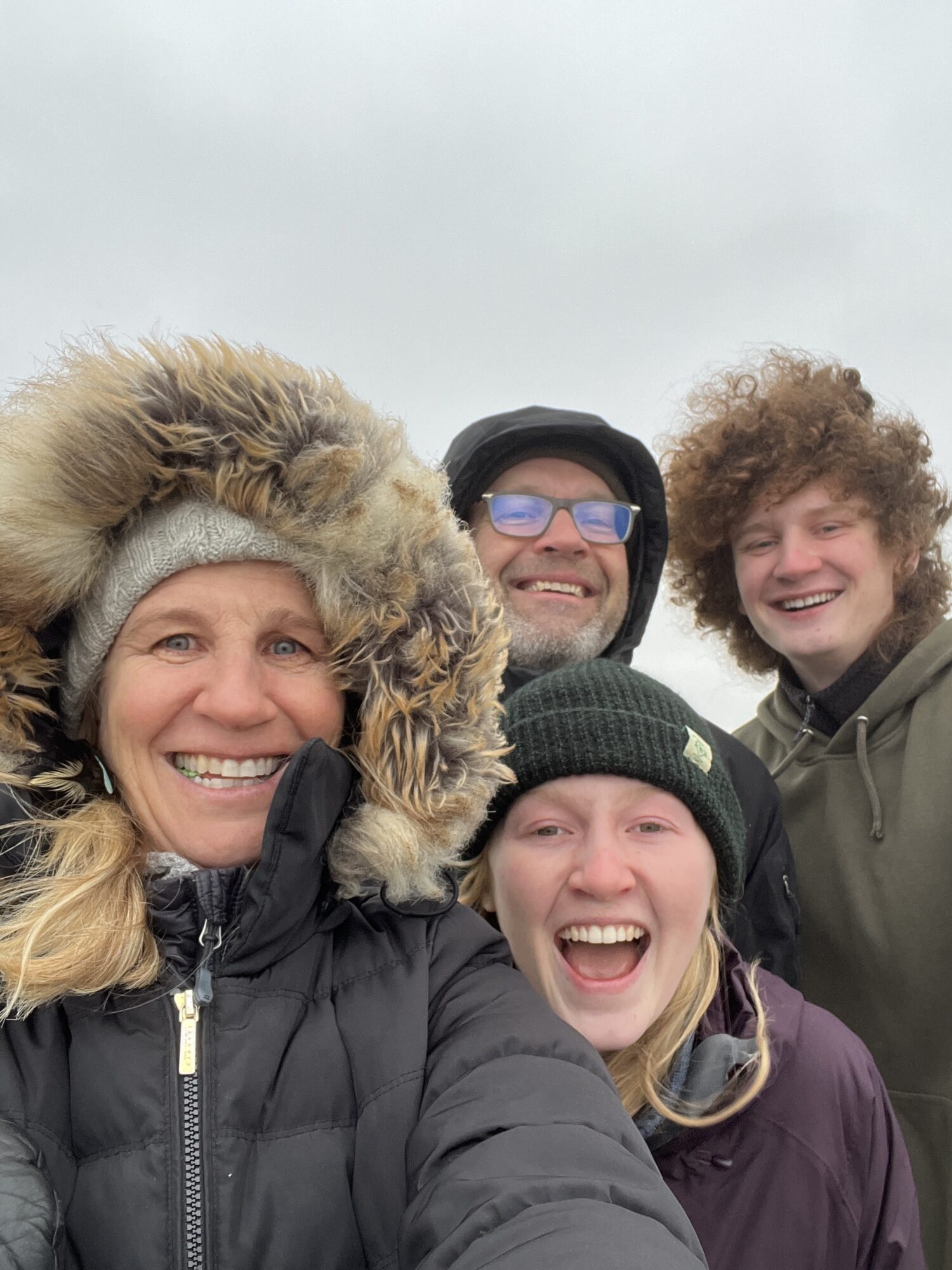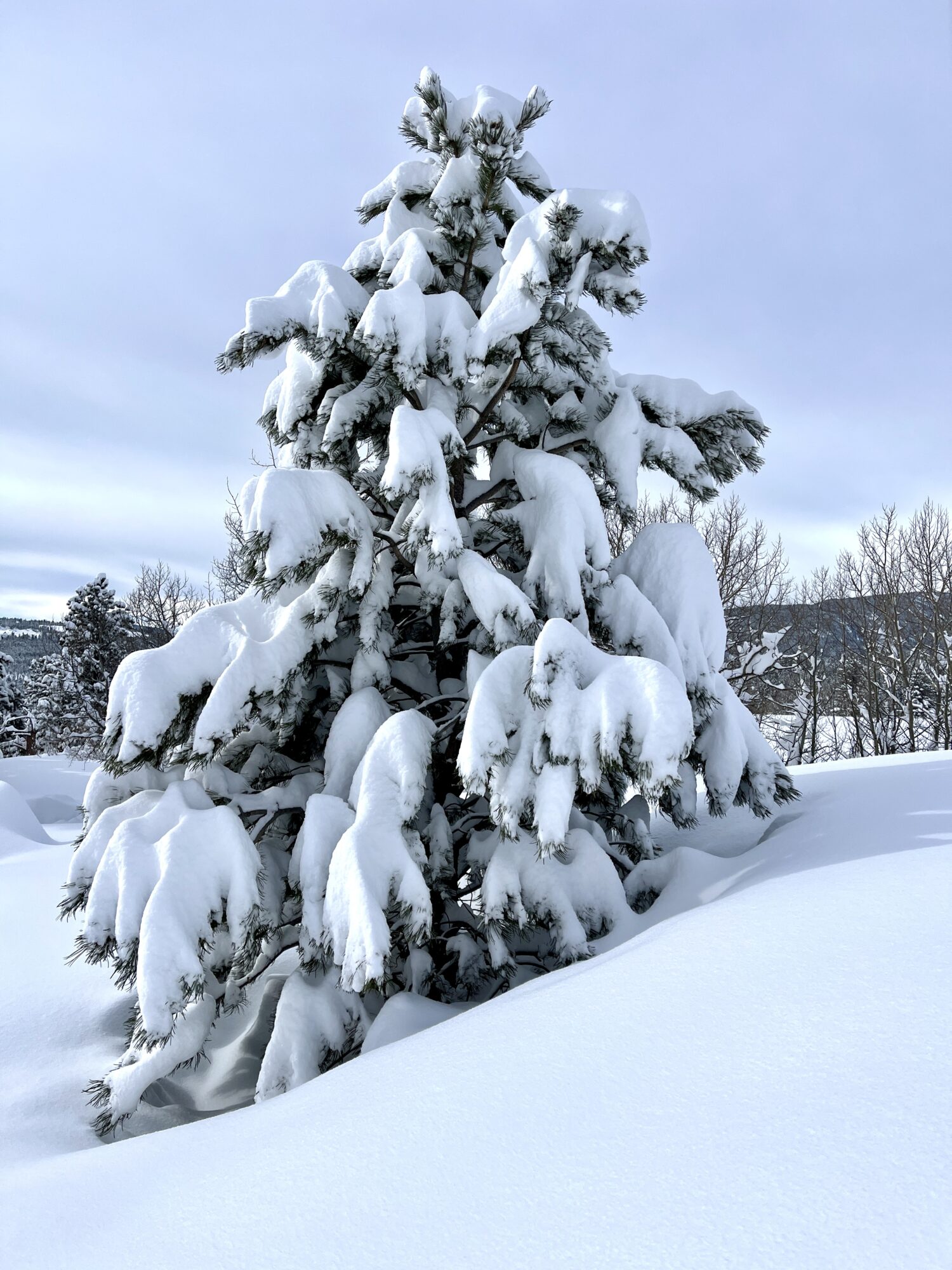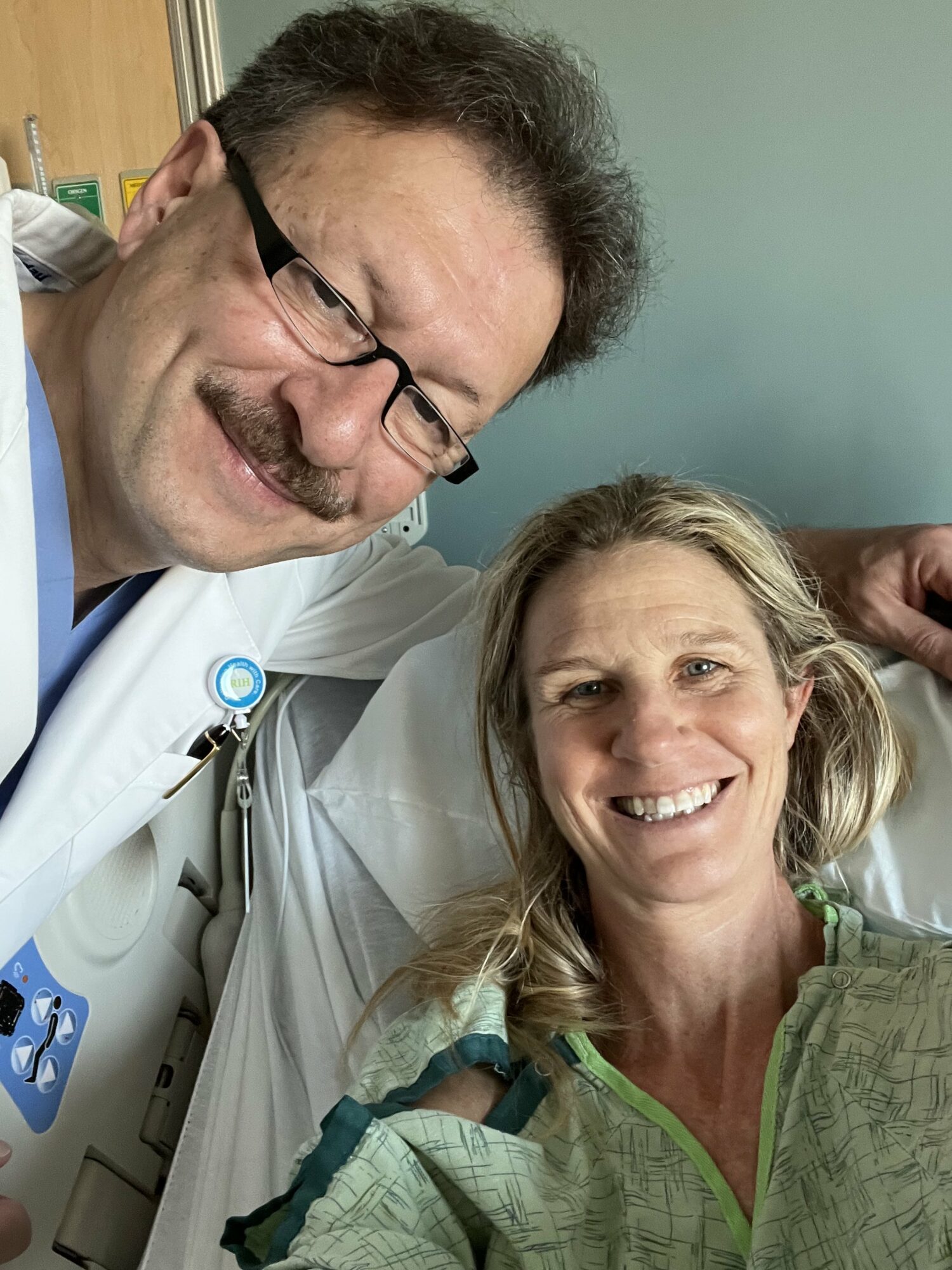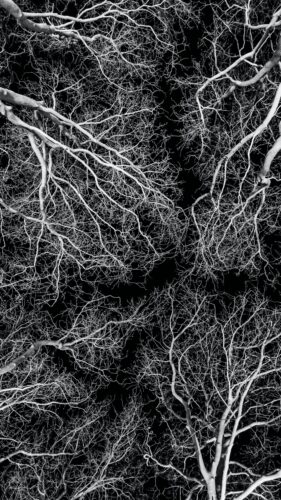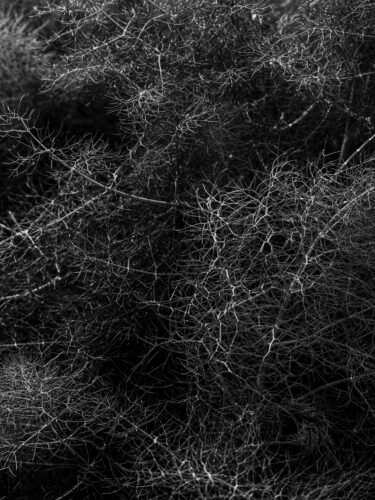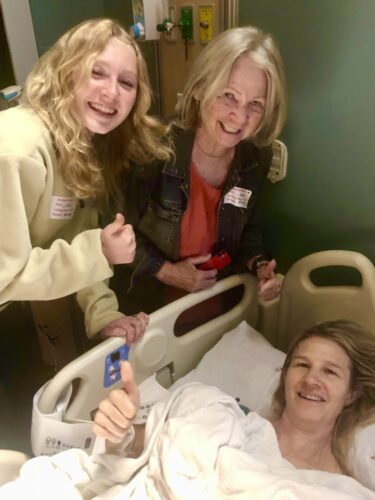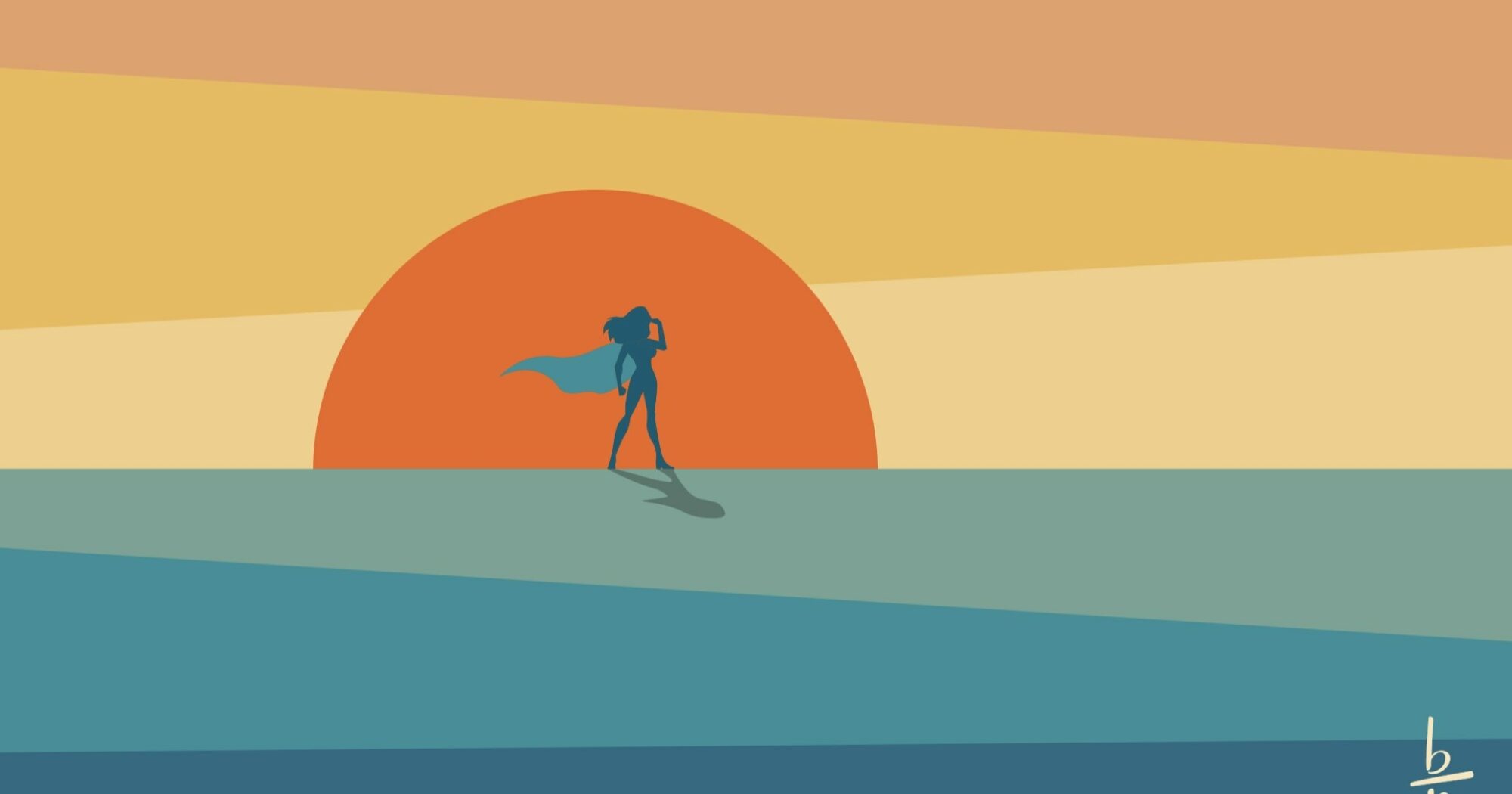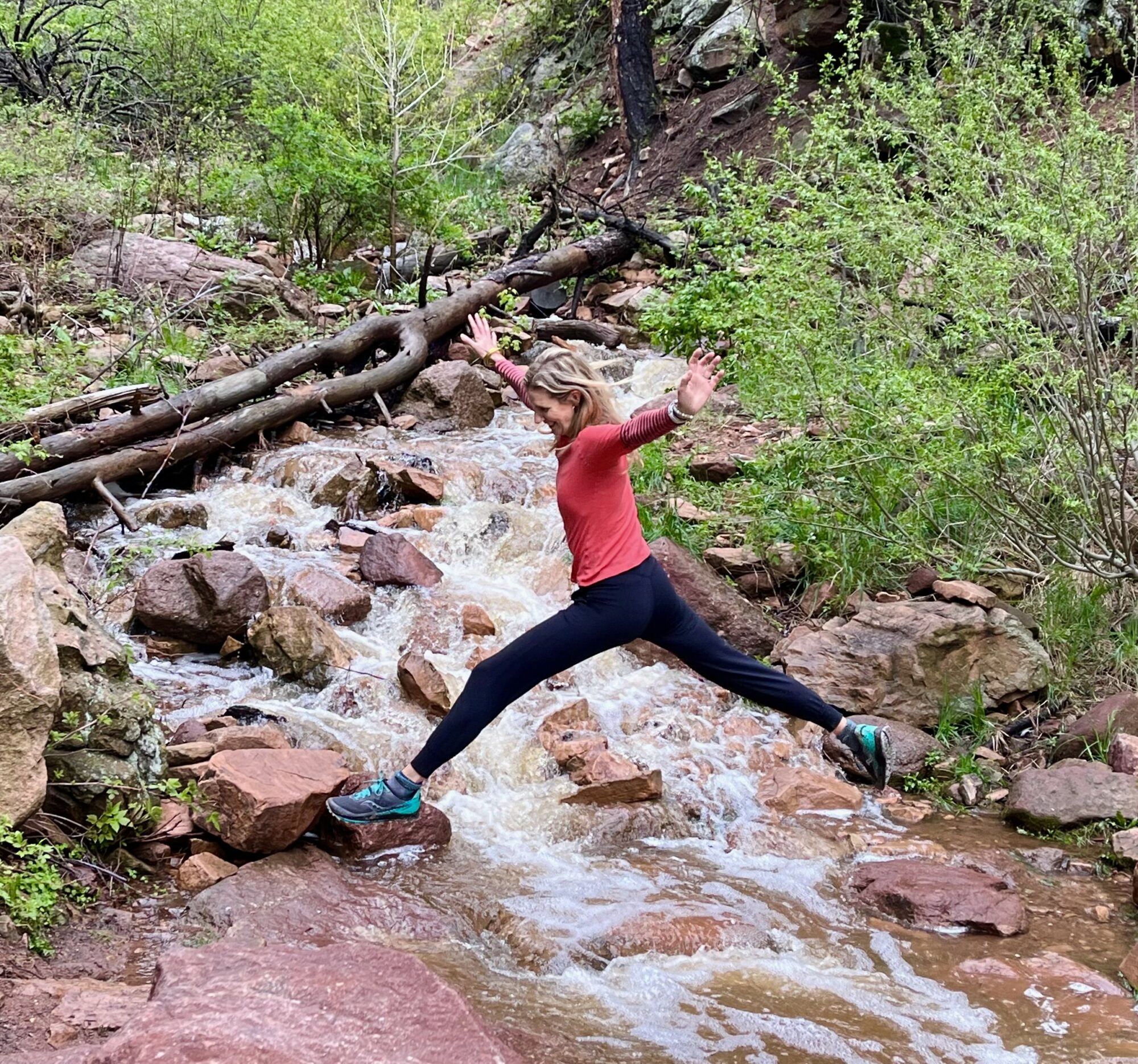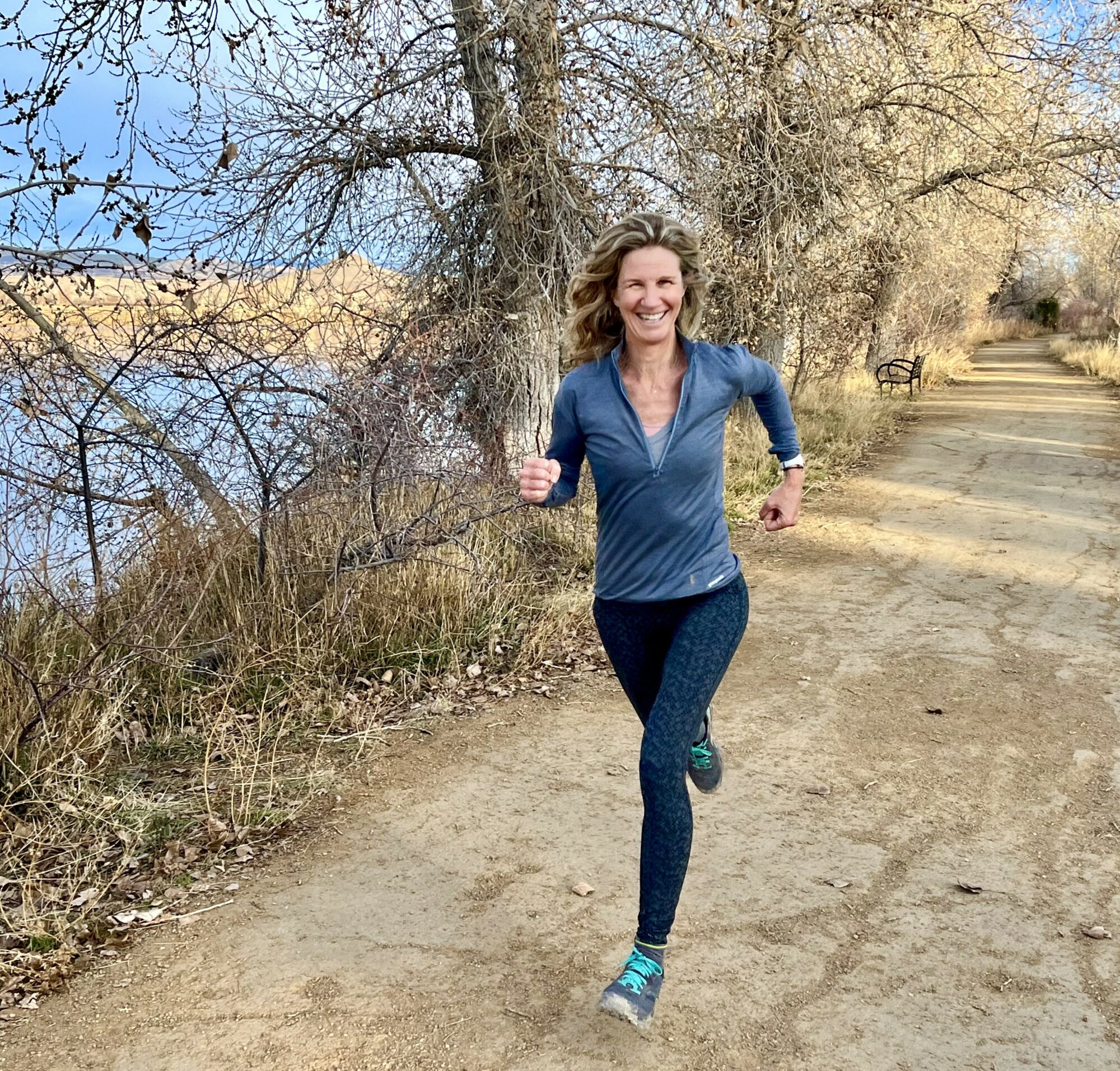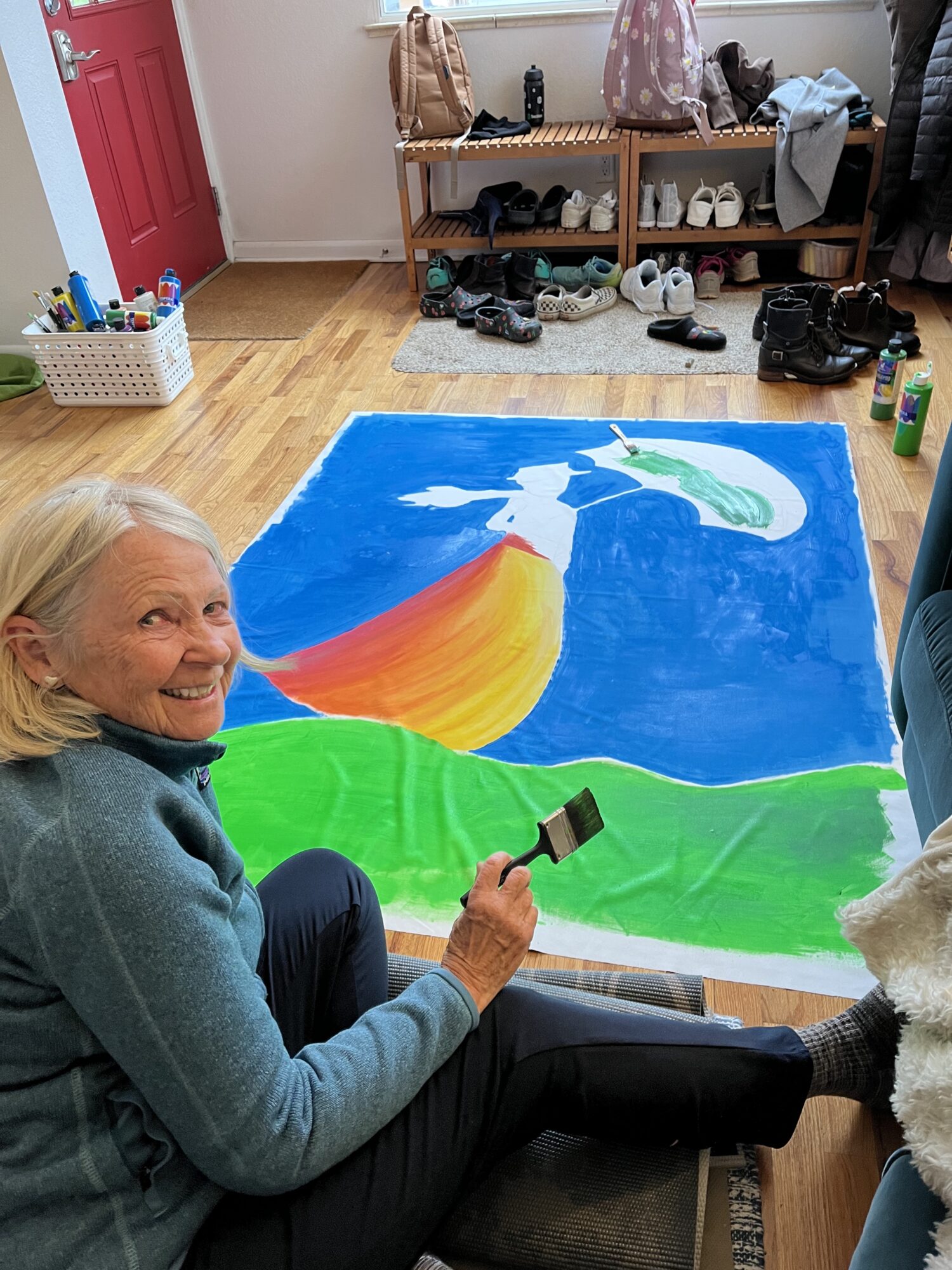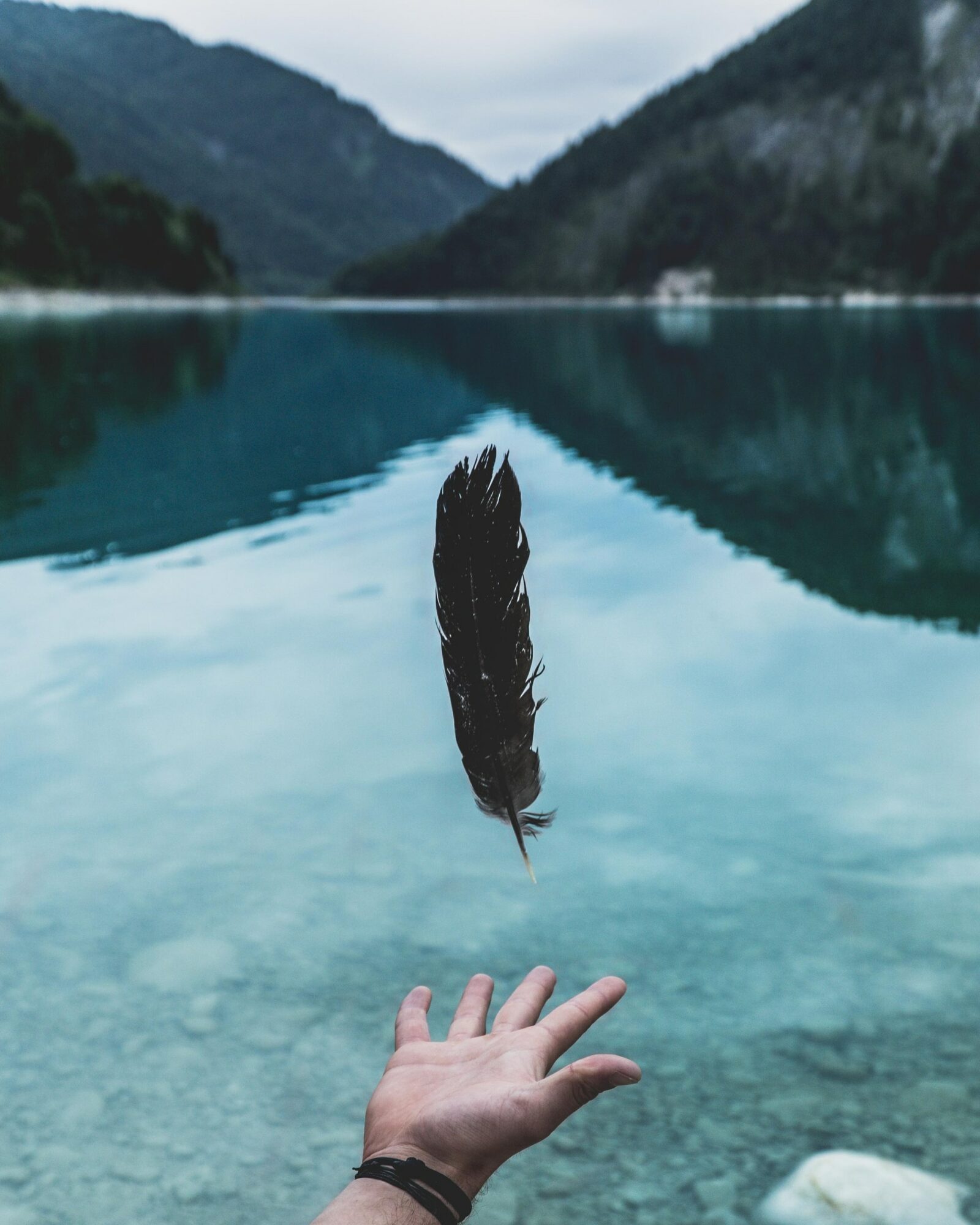Dear Brave Ones,
I was visiting Mom in Toronto last week. We decided to celebrate Mother’s Day early. My childhood best friend, Natasha, came with her mom, Judy, and the four of us shared tea and cake and stories. I wrote down some of my favorite memories of Mom and read them aloud to her. I thought she might brush them aside. Instead, what happened surprised me. I read the first sentence, and that sparked a memory, so she told a great story. Then I read the next sentence and she reciprocated with another incredible story. This gave me an idea for a new Mother’s Day challenge/tradition.
Here’s your Mother’s Day challenge: If you’re lucky enough to have a mom who is still alive, write down a funny memory or a few specific gratitudes and send them to her. (Who cares if she receives it after Mother’s Day? Can you be too late to say thank you.) If she’s no longer alive, light a candle and put your words in a card at its base. (Guatemalans tie messages to kite tails and send them to their ancestors on the wind. You could try that!) For bonus points, read your words out loud to her spirit or her person. The power of doing so outweighs the embarrassment.
I’ve written about Mom before in The Mother I Wanted, the Mother I Got. Here are my 2024 words about Mom:
Mom is as iconic as Cher. Never meek, never a bore, always entertaining. Recently, after a nosebleed sent her to the hospital, she said, “My favorite nurse looks like Keith Richards after a bender.”
Decade after decade, she keeps defying the rules. At 17, she went to university to study science and Kinesiology. At 49, she went back to school to get her masters in Art History. At 65, she moved part-time to just outside Guadalajara, Mexico on her own.
Mom’s lived many lives and outlived many pairs of travel sandals.
When I was in preschool, we moved to France because she wanted her children to grow up speaking more than one language. Never mind that she was single, recently divorced, and my brothers and I were 4, 6, and 8 years old. She knew only basic French, not enough to enroll us in school or rent a place in a small village in the Alps. But somehow she did. My very first memories are not of where I was born, but of the village of Les Contamines-Montjoie. I remember the smell of the patisserie shop below our apartment and the sound of avalanches across the valley.
Mom opened my eyes to the world. I learned French fluently, but I also learned that life was meant to be lived fully immersed in adventure, nature, and pains au chocolat.
Later, when I was a teenager, Mom and I moved back to France. We were like the mother-daughter duo of the British sitcom, Absolutely Fabulous. Mom went out dancing, I did homework at the kitchen table. Mom went to a lip sync contest as a Beastie Boy, I went to the used bookstore. Mom went to Italy for the weekend, I stayed home. In preparation for her trip, she put sticky notes all over the apartment with Italian phrases. “What’s this one?” I asked. “Dove posso comprare una minigonna di pelle?” “Oh that’s the only one I really need to learn. It means, “Where can I buy a leather mini skirt?”
Mom taught me to savor life, seek out fun (and leather mini skirts), and refuse to surrender to tame obligations.
Thanks Mom for being a risk-taker and change-maker. You have given your children and grandchildren so many wonderful lifetimes in one. I’m grateful for every memory, moment, and magnificent laughing fit with you.
Je t’aime, Maman.
Love,
Susie

